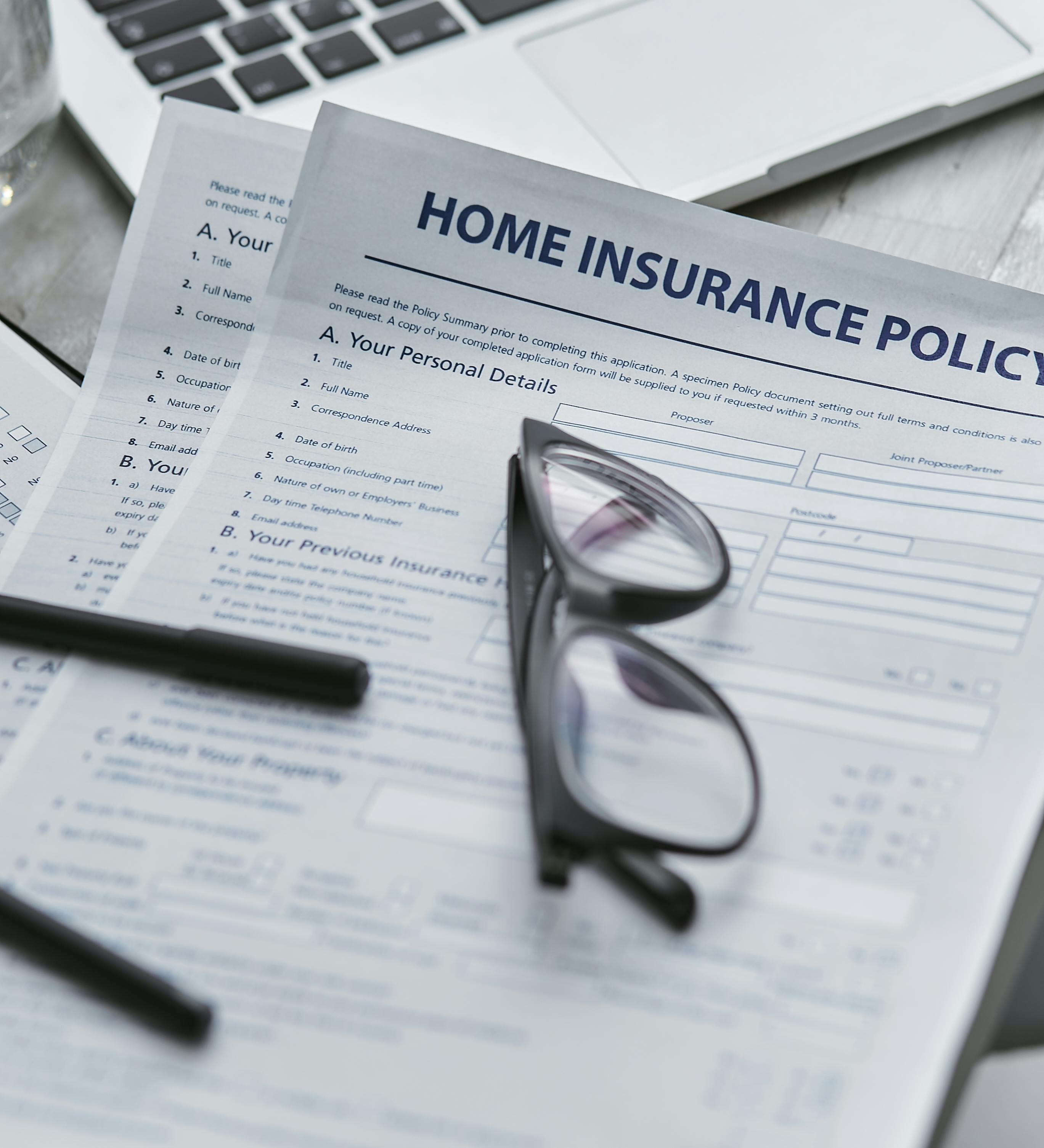Integrating Climate Risk into Property Protection Strategies
Climate-driven events are reshaping how property owners and insurers assess and manage exposure. Integrating climate risk into protection strategies requires updated risk assessment, adjustments to coverage terms, and coordinated maintenance and inspection plans to reduce loss and speed recovery after events.

Climate change is altering the frequency and severity of perils that affect built assets, and property stakeholders must align protection strategies with these shifting hazards. Assessing climate risk means combining historical loss data with forward-looking scenarios, adjusting valuation approaches, and ensuring that insurance terms reflect evolving exposures and resilience measures.
How does climate risk affect property?
Climate impacts—flooding, extreme winds, heat, and subsidence—change the probability and scale of physical loss for property. Building materials, structural design, and site location interact with hazard trends to influence potential damage. Owners should maintain comprehensive inventory records to identify vulnerable assets, and schedule targeted inspections more frequently. Inventory and inspection data support precise underwriting, refine replacement valuation, and help prioritise maintenance that reduces the severity of future loss.
How should coverage adapt to climate threats?
Coverage wording, limits, and exclusions need periodic review as climate patterns shift. Policies may require additional perils, alternative valuation bases, or adjusted deductibles to balance affordability and protection. Underwriting teams increasingly add resilience features—such as elevated utilities or flood barriers—to premium models. Clear documentation of maintenance and mitigation measures can improve negotiation for favourable coverage and reduce the likelihood of disputed clauses when claims arise.
What changes to claims and recovery processes?
Climate-driven events can generate complex, large-scale claims that stress response systems. Robust claims protocols include rapid damage inspection, prioritized inventory of loss, and pre-agreed recovery pathways with contractors. Recovery planning should address temporary relocation, business interruption scenarios, and staged repairs to prevent further loss. Transparent communication of liability determinations and deductible application helps manage expectations and accelerates settlement and reconstruction.
How to manage valuation, inventory, and inspection?
Accurate valuation depends on current construction costs, codes, and resilient retrofitting expenses. Maintaining updated inventories—covering fixtures, contents, and installed mitigation measures—supports swift claims and fair settlements. Inspections should be risk-focused, using remote sensing or drone surveys where appropriate, and scheduled after severe weather events. Documentation from inspections informs underwriting decisions, supports compliance reporting, and identifies maintenance needs that reduce both probability and magnitude of future claims.
How does underwriting and deductible respond to risk?
Underwriting must incorporate climate scenario analysis into risk models and price accordingly, accounting for regional hazard trends and asset-level resilience. Deductible structures can be adapted to incentivize mitigation: for example, lower deductibles where documented maintenance and mitigation exist, or parametric triggers for specific perils. Liability exposure should be evaluated alongside property risk; contracts, leases, and third-party responsibilities can shift recovery pathways and affect overall claims outcomes.
How to improve resilience, maintenance, and compliance?
Resilience planning links short-term maintenance to long-term adaptation: consistent upkeep of drainage, roofing, and mechanical systems reduces vulnerability to extreme events. Compliance with updated building codes and permitting for retrofits ensures that valuation reflects code-based replacement costs and can influence coverage terms. Proactive investments—such as floodproofing, vegetation management, and backup systems—reduce expected loss and can support more favourable underwriting outcomes and faster recovery.
Conclusion Integrating climate risk into property protection strategies requires coordinated action across valuation, underwriting, inspection, and claims processes. Maintaining accurate inventory and inspection records, aligning coverage with evolving exposures, and investing in resilience and maintenance reduce loss and improve recovery timelines. Clear documentation and compliance with updated standards help owners and insurers manage liability and support more informed, adaptive protection strategies.




